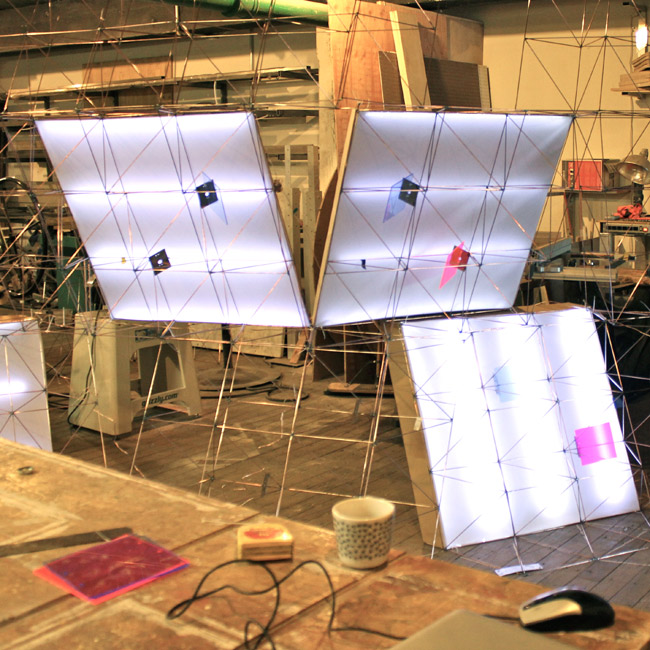The Principals
Beautiful analog expressions born from technology and craftsmanship
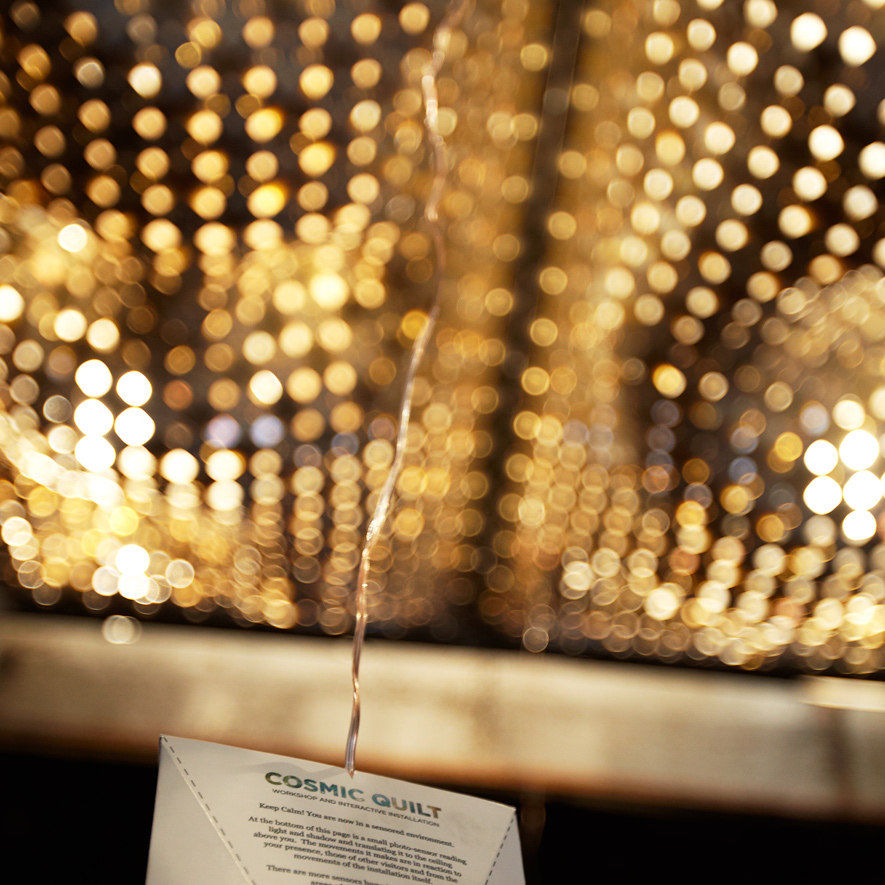

The trio of young men comprising Brooklyn-based design practice The Principals are a relatively motley crew. An architect, a metal fabricator and an industrial designer with a background in sculpture, the threesome connect over a shared interest in creating projects that explore the realm of building through a combination of modern technology and time-honored artistry.

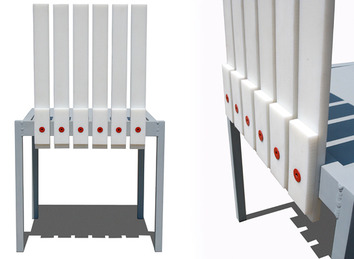
Their collective talents have led to a handsome portfolio of thoughtful projects since joining forces six months ago. From their first venture—a meticulously crafted and elegantly weighty set of bronze dominoes—to furniture like the nautically contemporary Christopher Chair or streamlined Bambi Rack, The Principals inject an appealing sense of playfulness to their work while creating solidly built designs that are sure to become future classics. Their distinct approach to design has already gained the respect of their peers, which has led them to participate in well-curated shows like Sight Unseen’s “Shape Shop” and the American Design Club’s “Threat” exhibition.
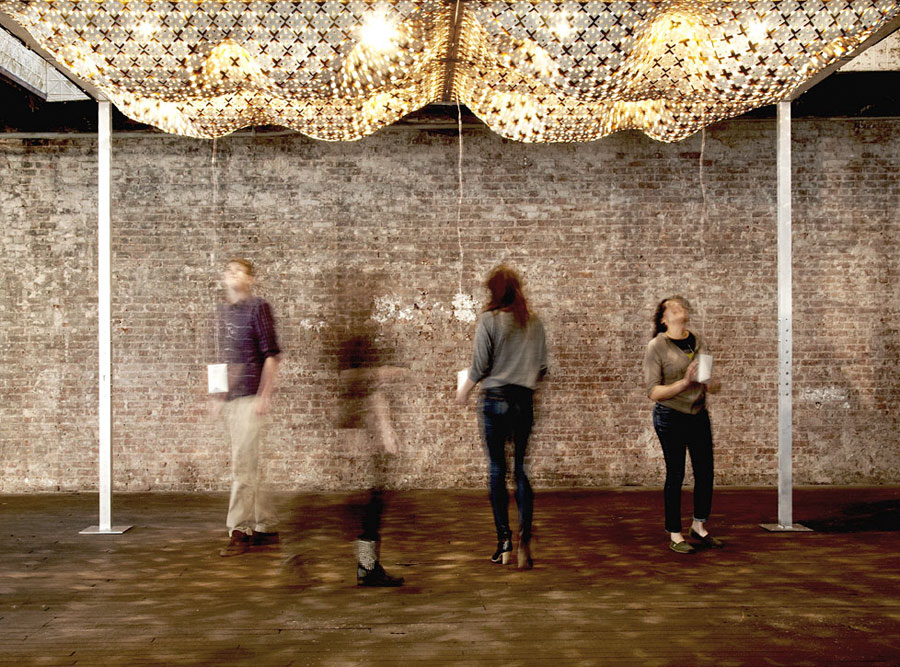
Their latest endeavor is a 3,000-piece architectural installation called Cosmic Quilt, which they built with the help of students from the Art Institute of New York during the recent New York Design Week. They plan to take the now completed roof-like structure on the road to the upcoming Bonnaroo music festival in Manchester, Tennessee, for concert-goers to take in with its mesmerizing interactive elements and never-ending cast of shadows that create the feeling of sitting under a tree on a sunny day.
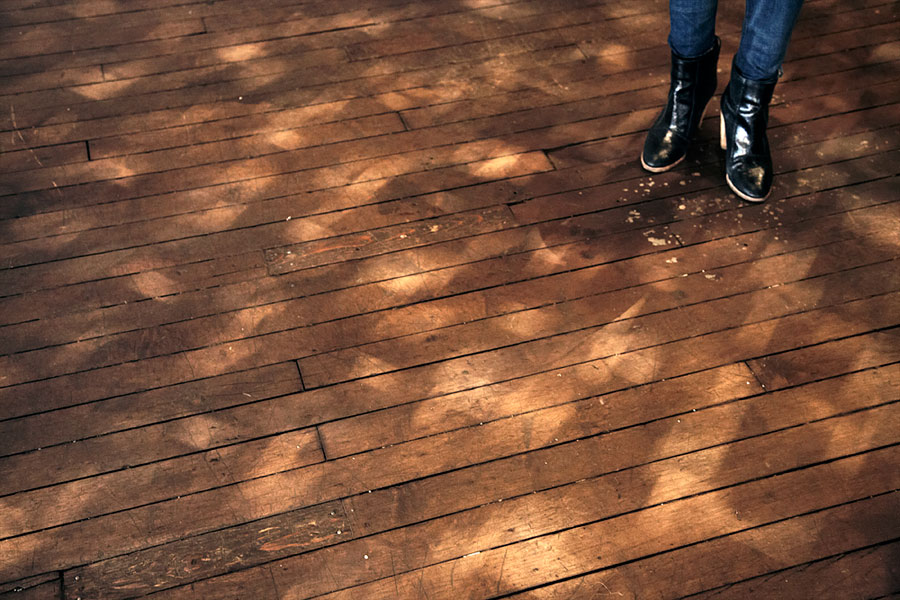
To glean a little more insight into the Cosmic Quilt project, we asked Drew Seskunas, Chris Williams and Charles Constantine to elaborate on its inspiration and construction.
What does the Cosmic Quilt react to specifically?
Drew Seskunas: The Cosmic Quilt runs through a series of sensor-controlled motors. The sensors read the light and shadow in the space created by the Quilt, so it will read the presence of anyone or thing that is in the space casting a shadow. So, I guess, if you’re a vampire, technically it might not read your presence. But if that’s the case, maybe you have bigger problems.

Does it have an auto mode?
Charles Constantine: Well, in a certain way it’s always in auto mode, in the sense that once we get it running it can go by itself for extended periods of time, reading either the fluctuations in light from visitors or reacting to its own movement. Because the sensors are locally networked, the Quilt can respond from one area to another, so it has a feedback loop allowing it to run even if no one is inhabiting it.
Is the quilt an extension of your BotoxCloud and BotoxUtopia concepts?
Drew Seskunas: Absolutely, every project we create feeds into the next project. More specifically, The Botox Trilogy was a series of projects studying the effect of interactive environments on architectural space using light and shadow, the Cosmic Quilt ups the ante quite a bit by adding motors to the equation as well.

What intrigues you about working with ceiling-based projects?
Chris Williams: The ceiling is one of the most basic architectural elements, there is no shelter without a roof over your head. Secondarily, it is one of the most under-utilized areas.
For both BotoxUtopia and Cosmic Quilt, you worked with students. What do you like most about involving them?
Charles Constantine: Working with students is probably the most rewarding part of a project like this. Explaining a concept to someone, and then watching them take ownership of it and really commit themselves to help realize it, is an amazing experience. And the student-teacher relationship isn’t one-sided, we learned a great amount from them as well. We’ve always been lucky to have great groups of students.
Favorite project to date?
Cosmic Quilt—it moves!

